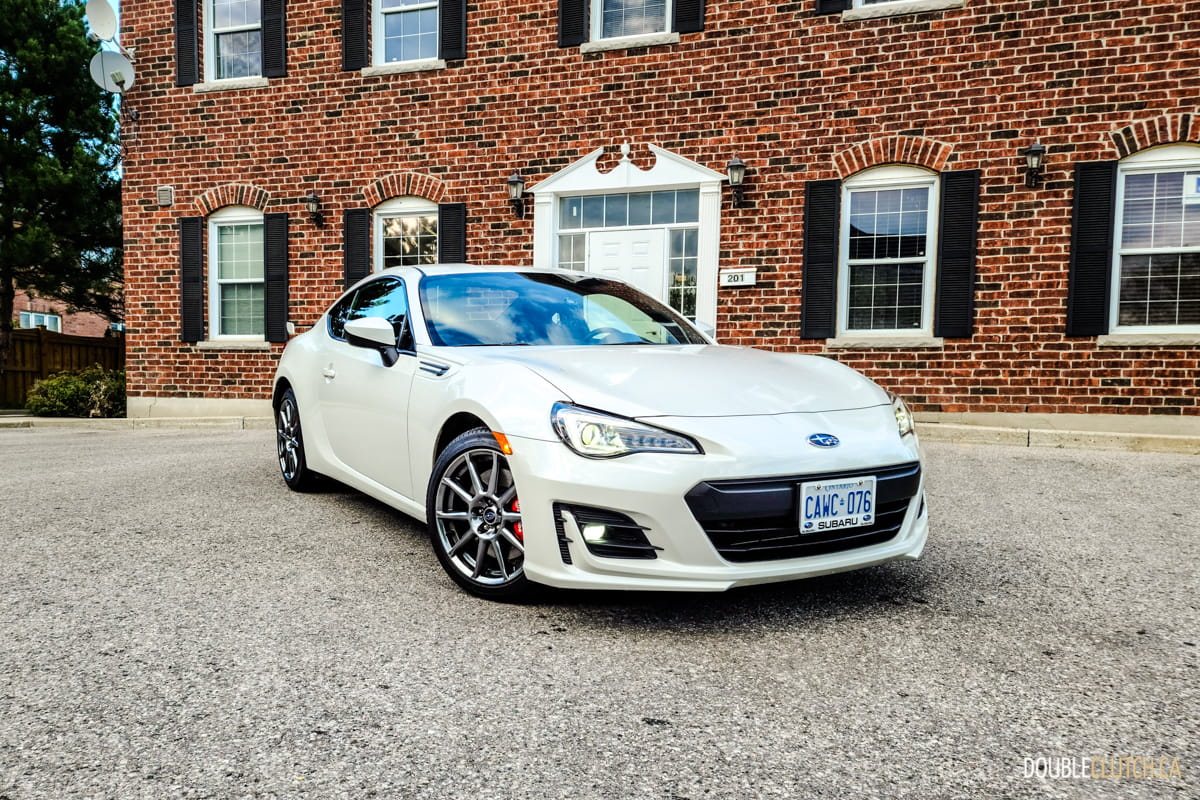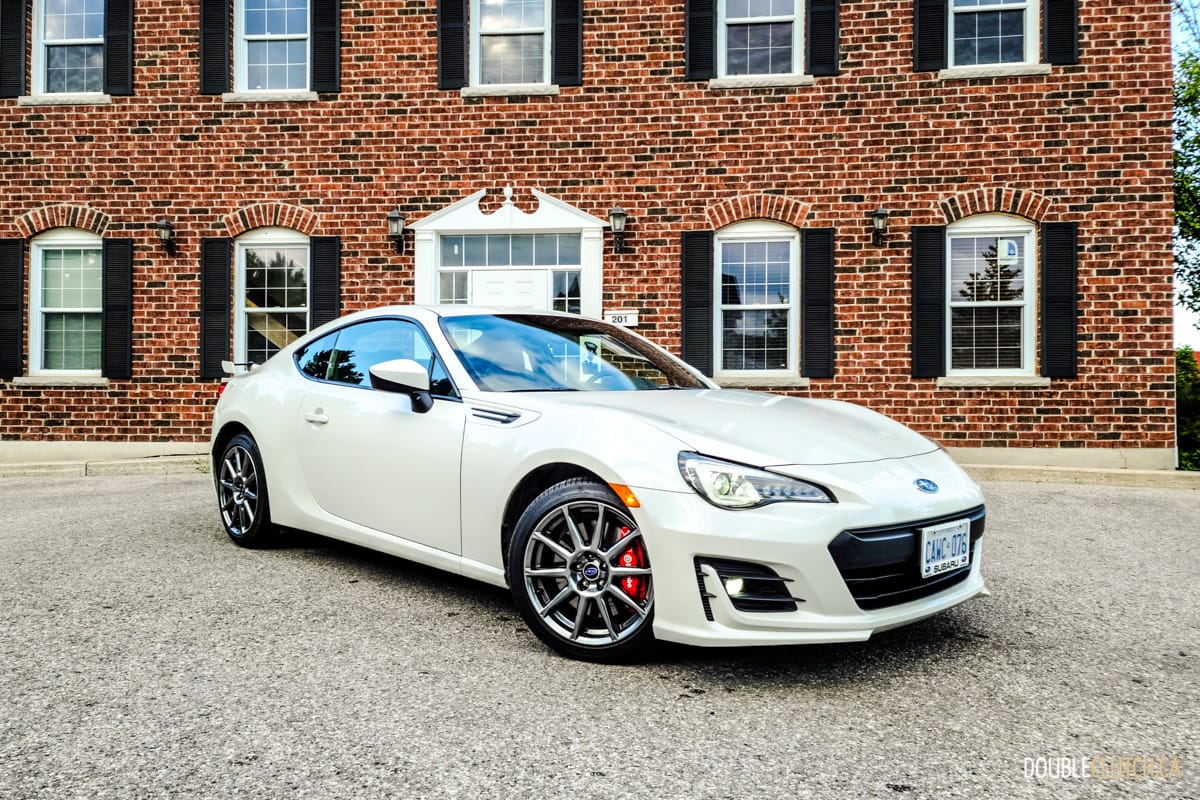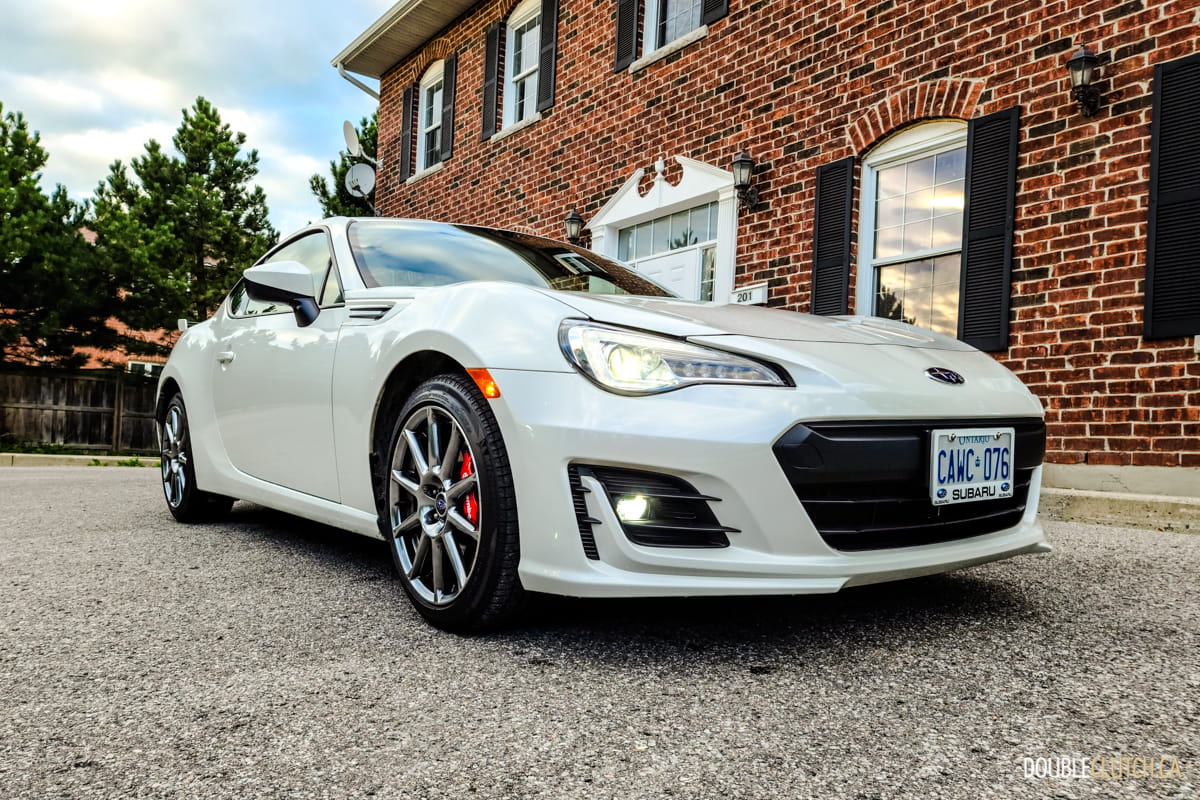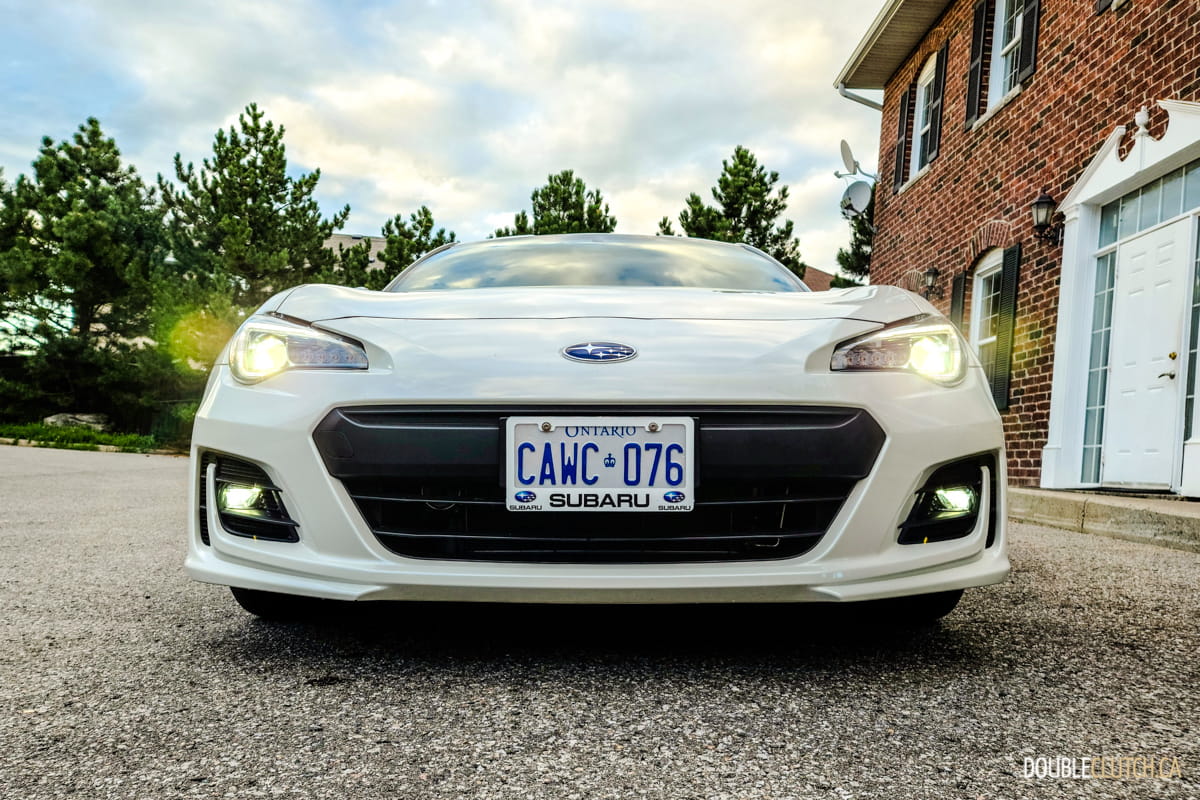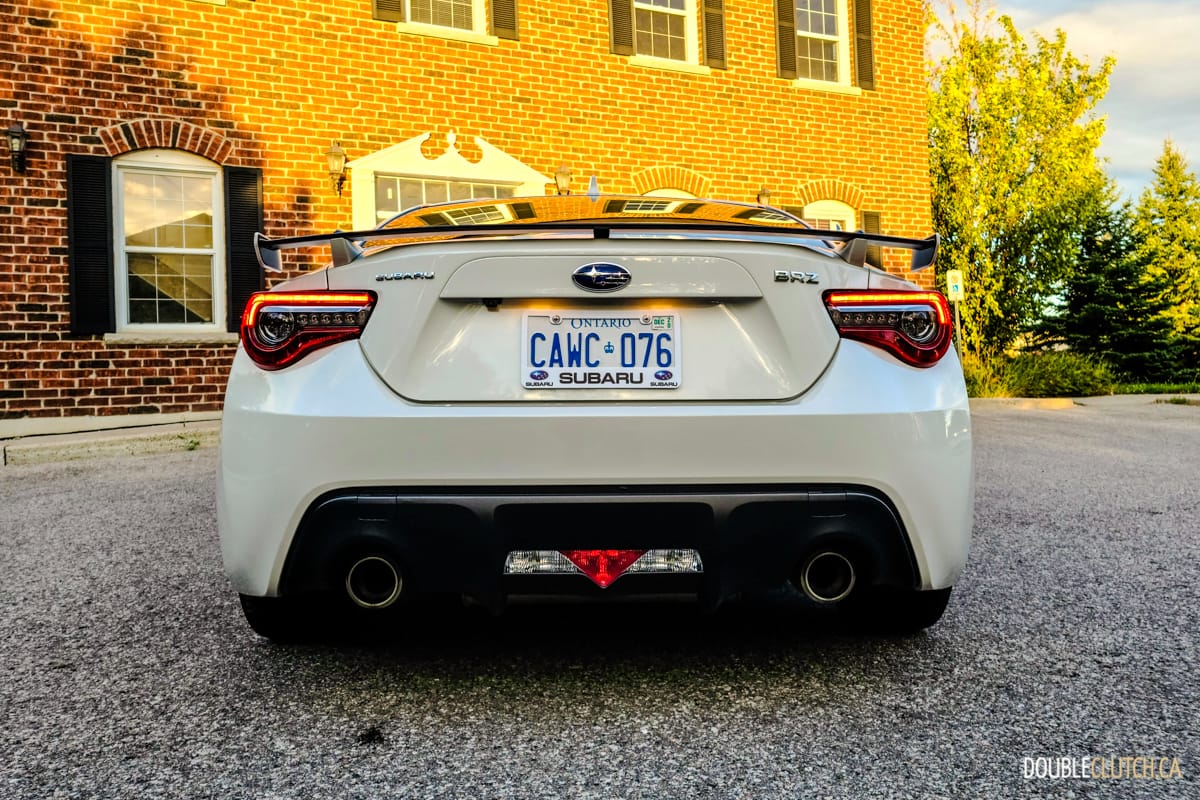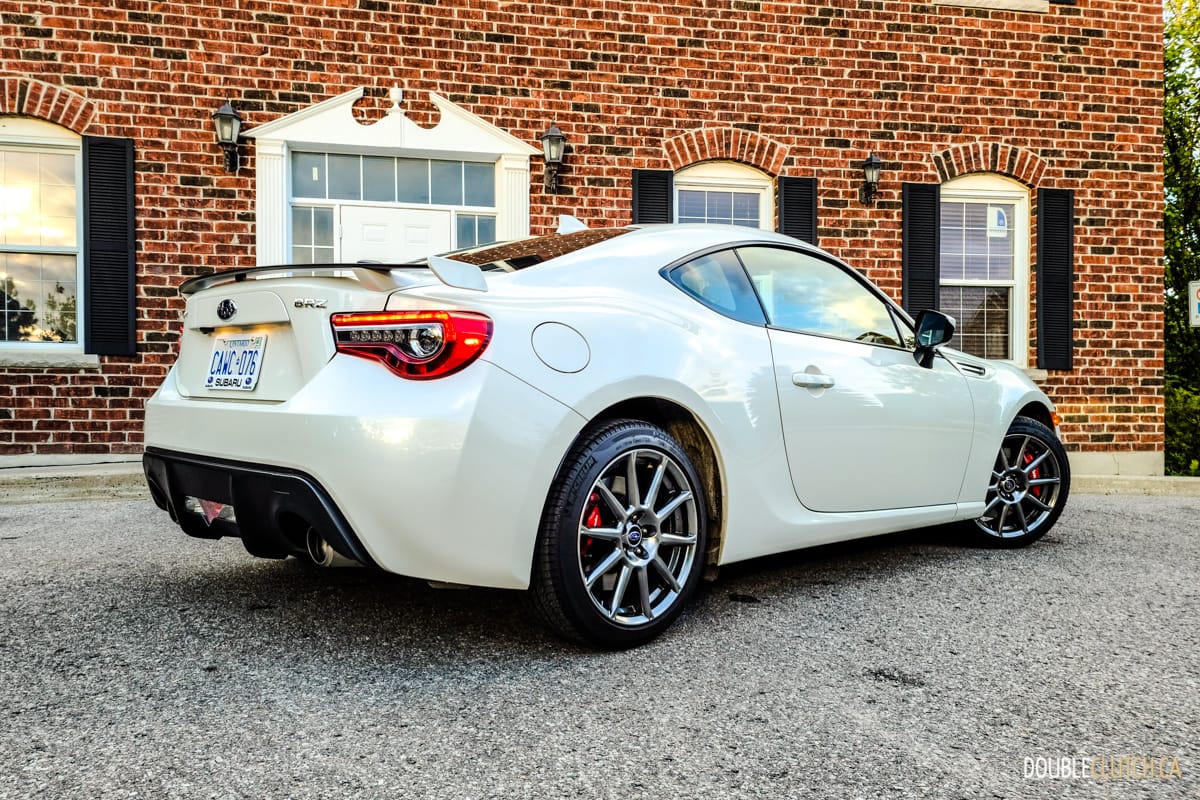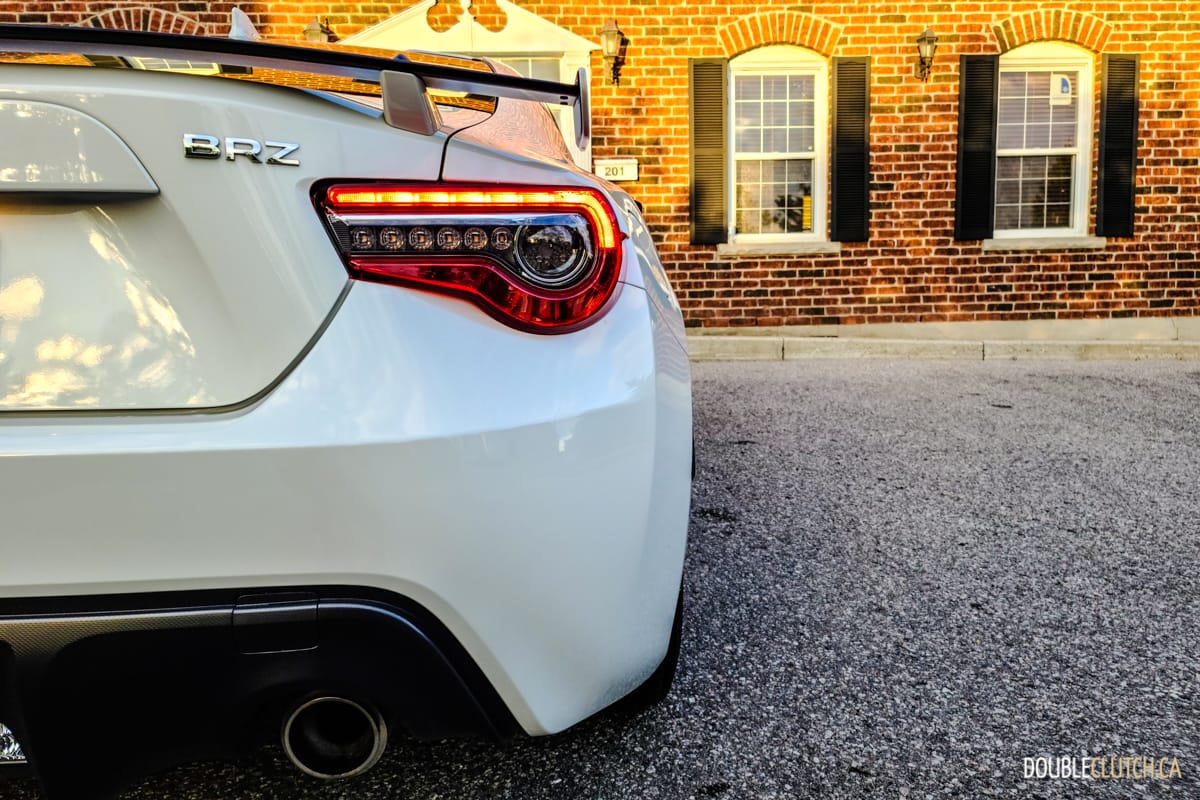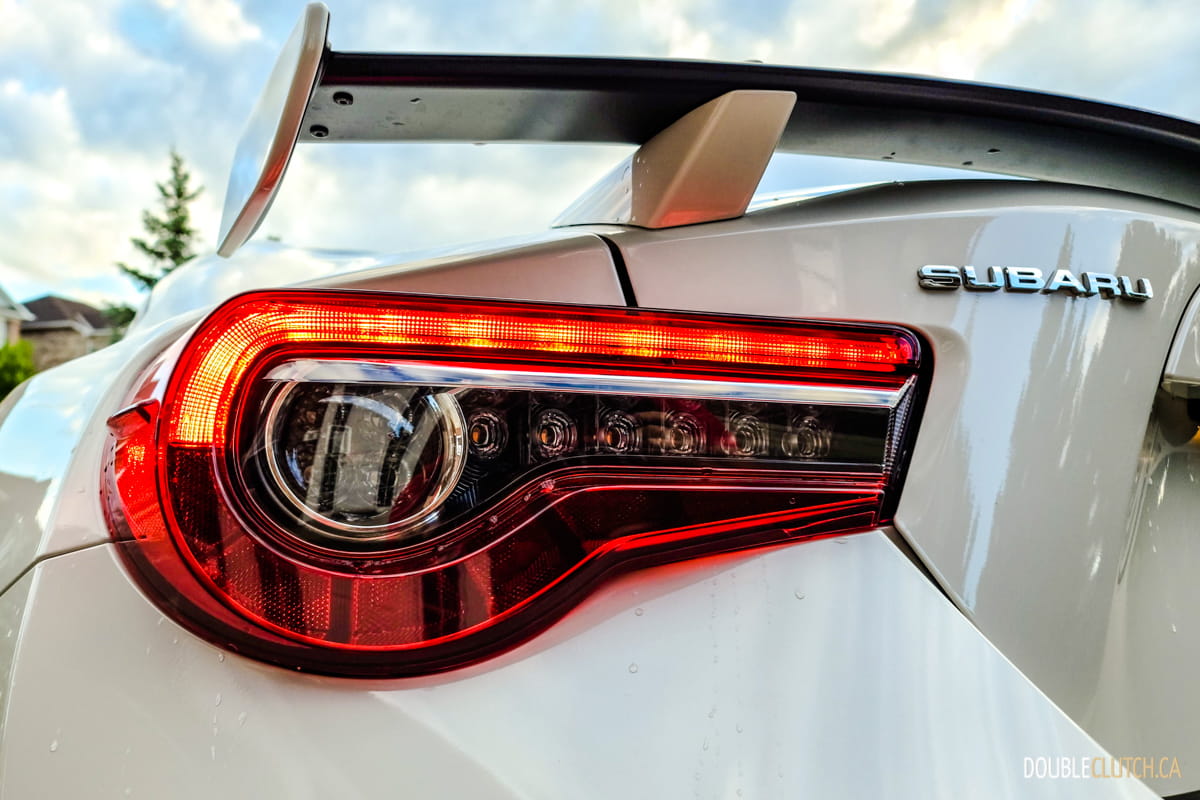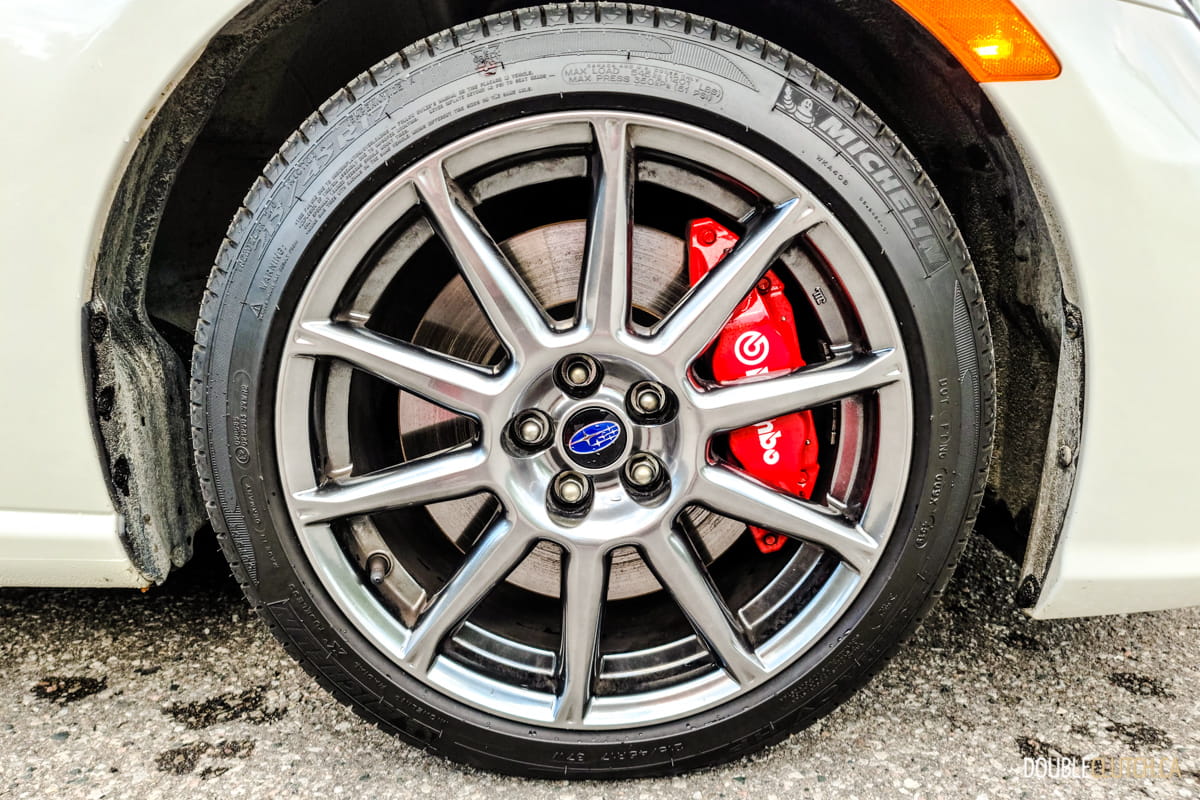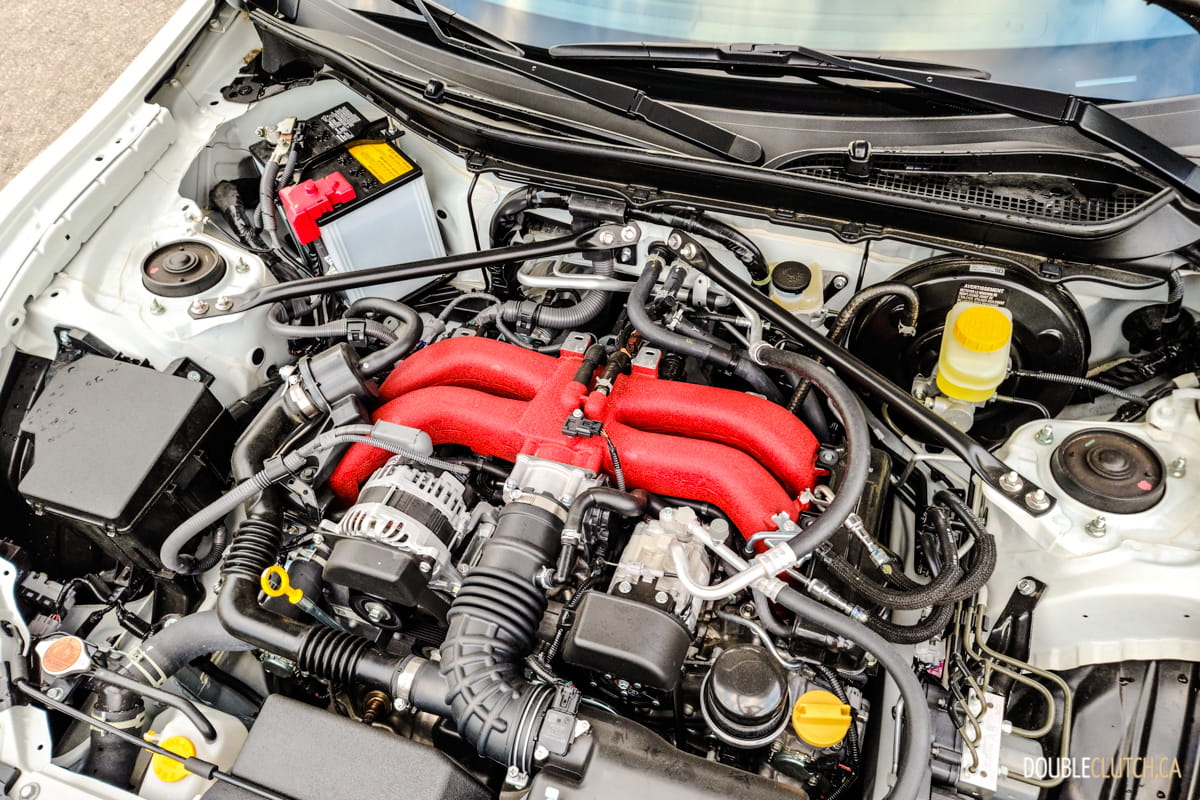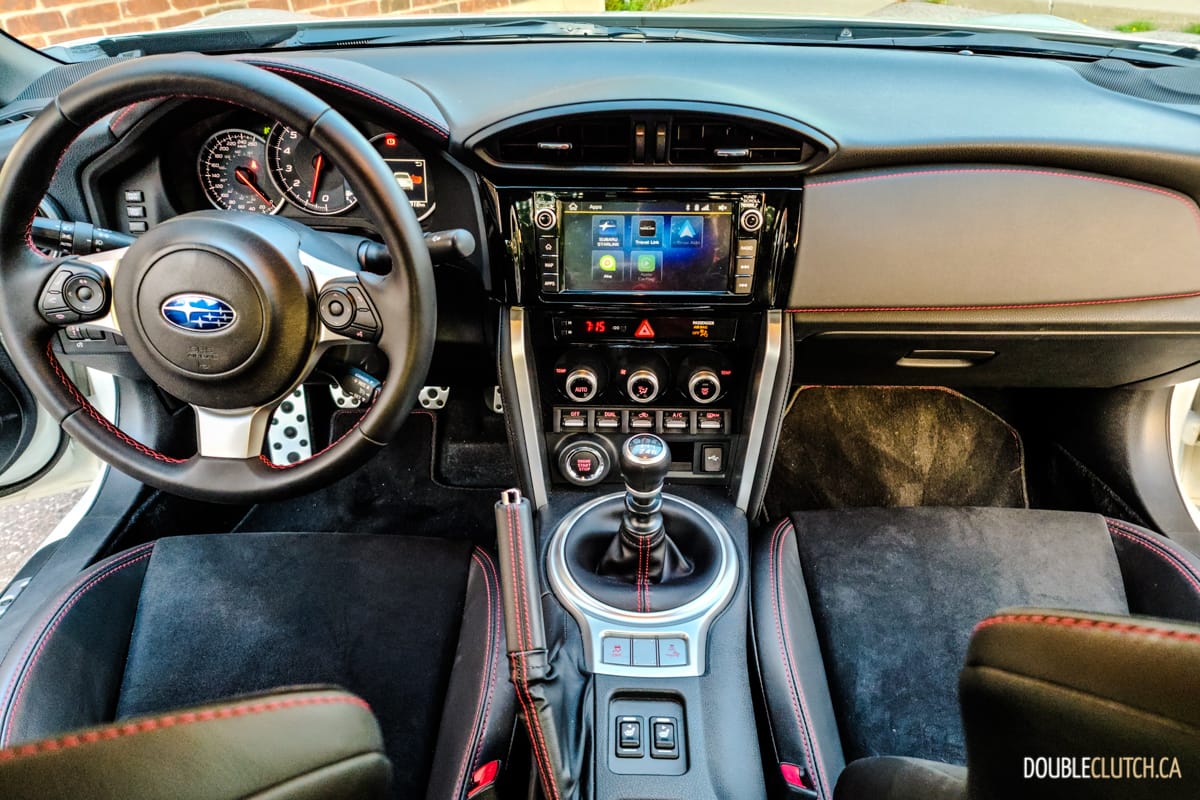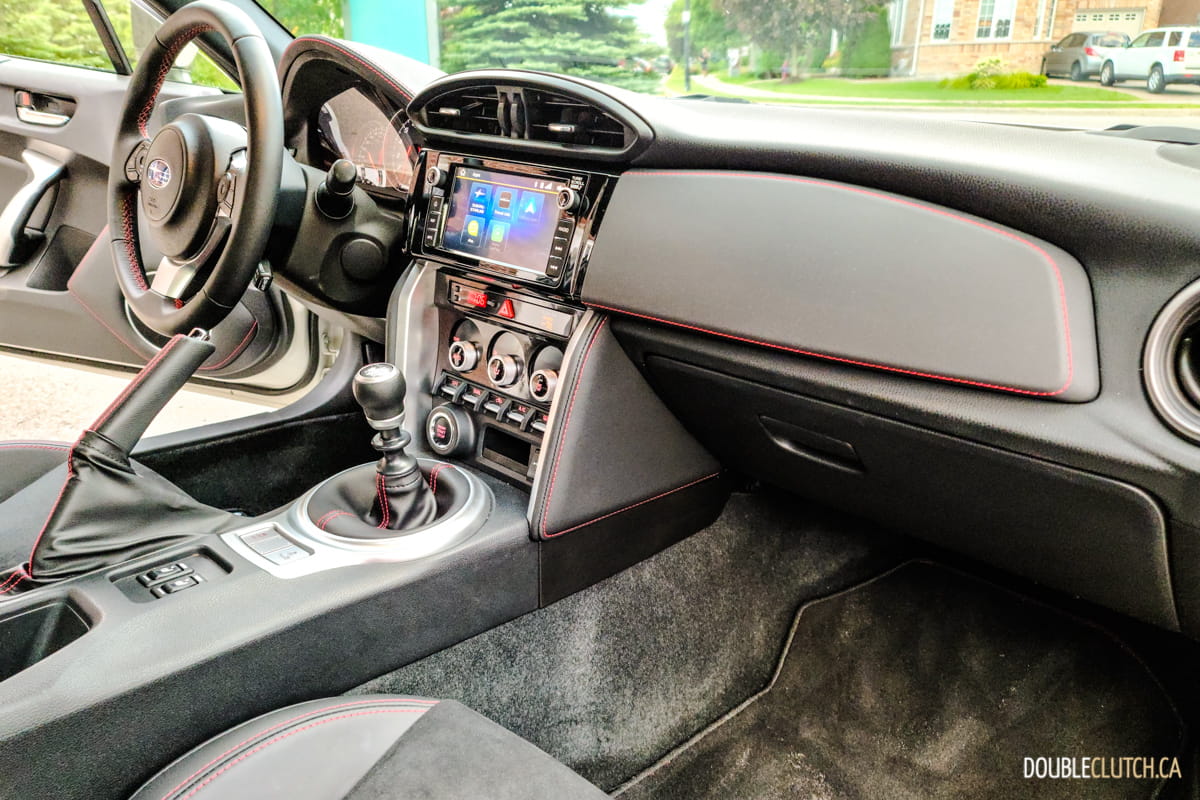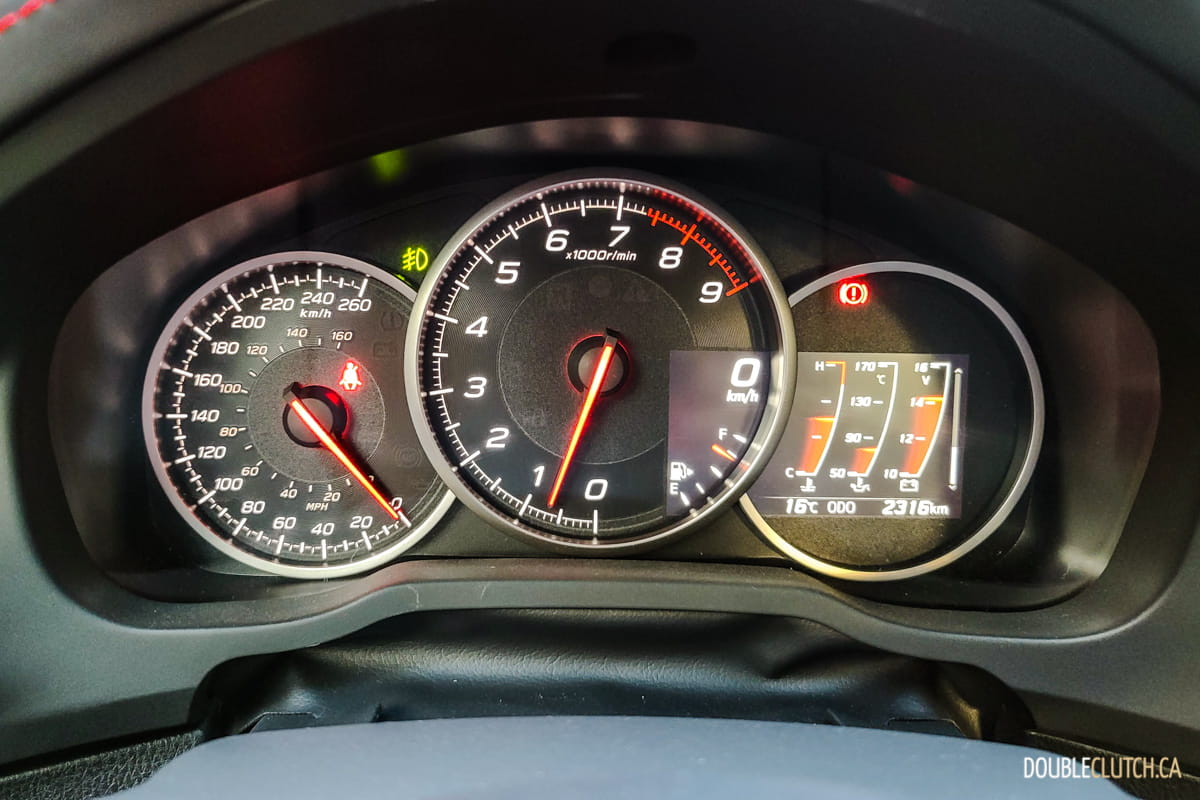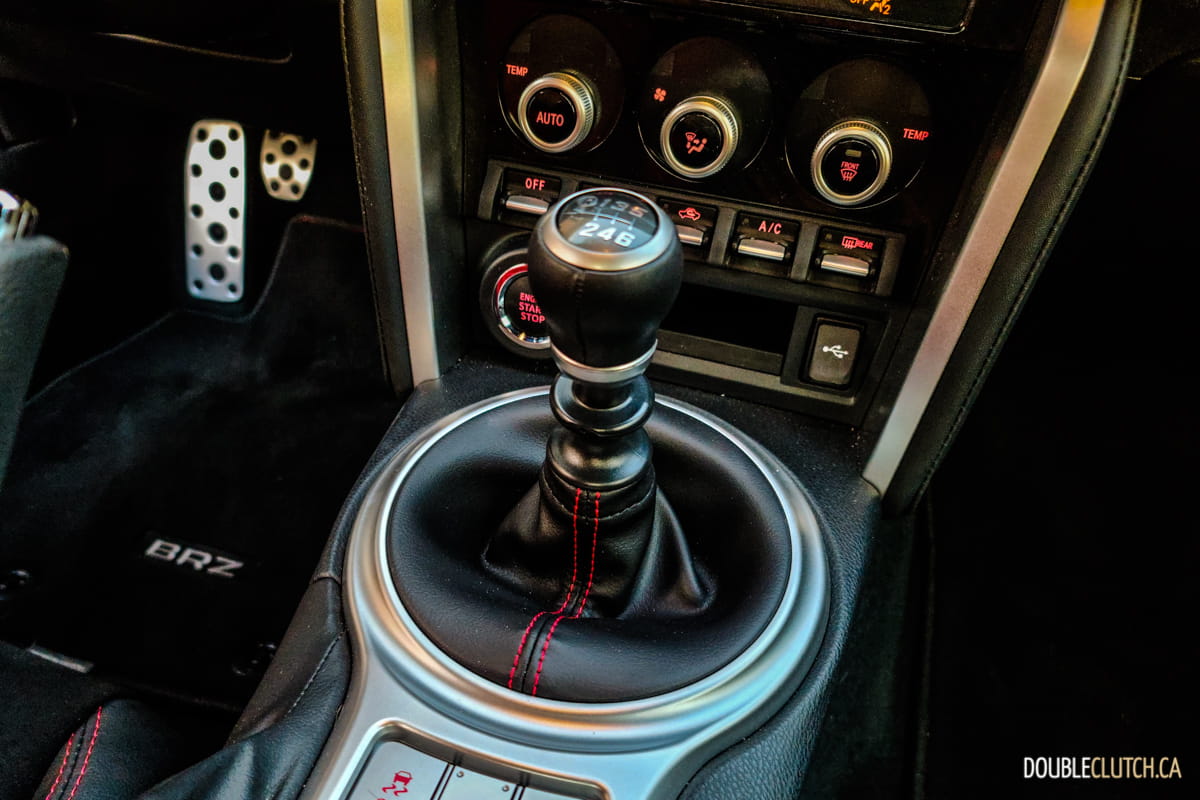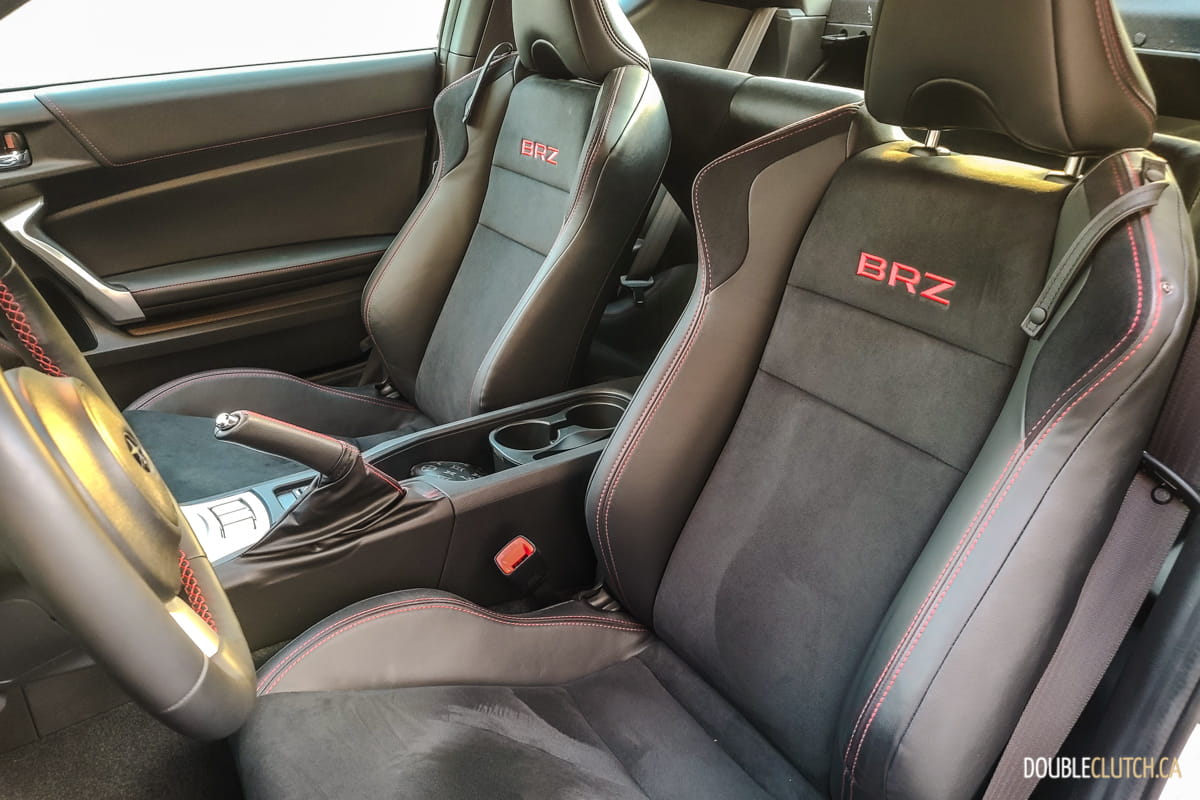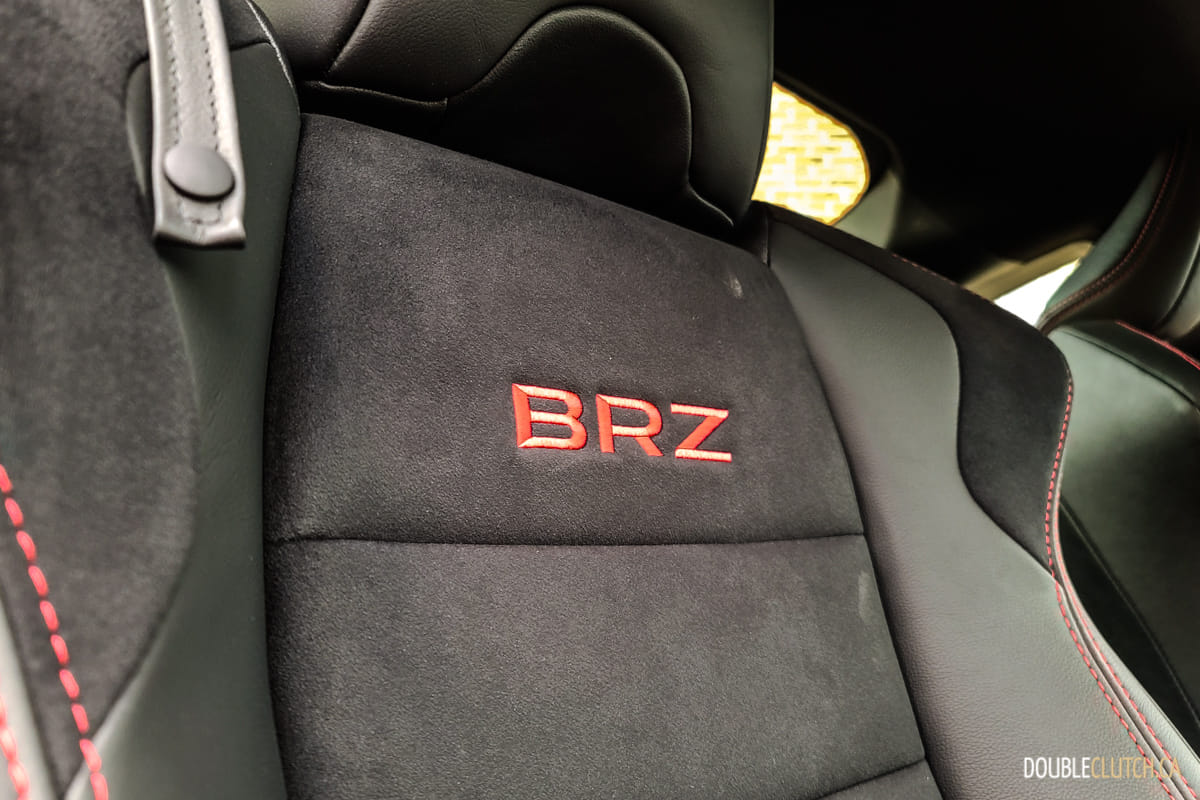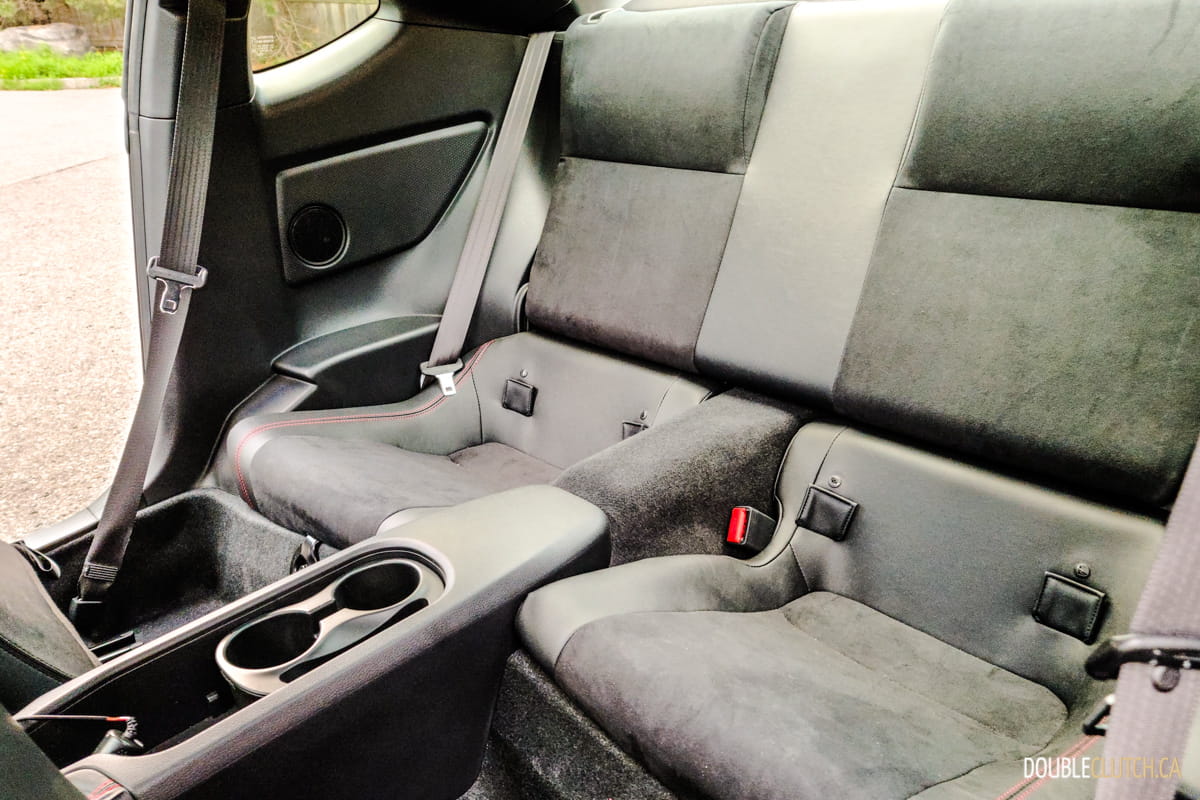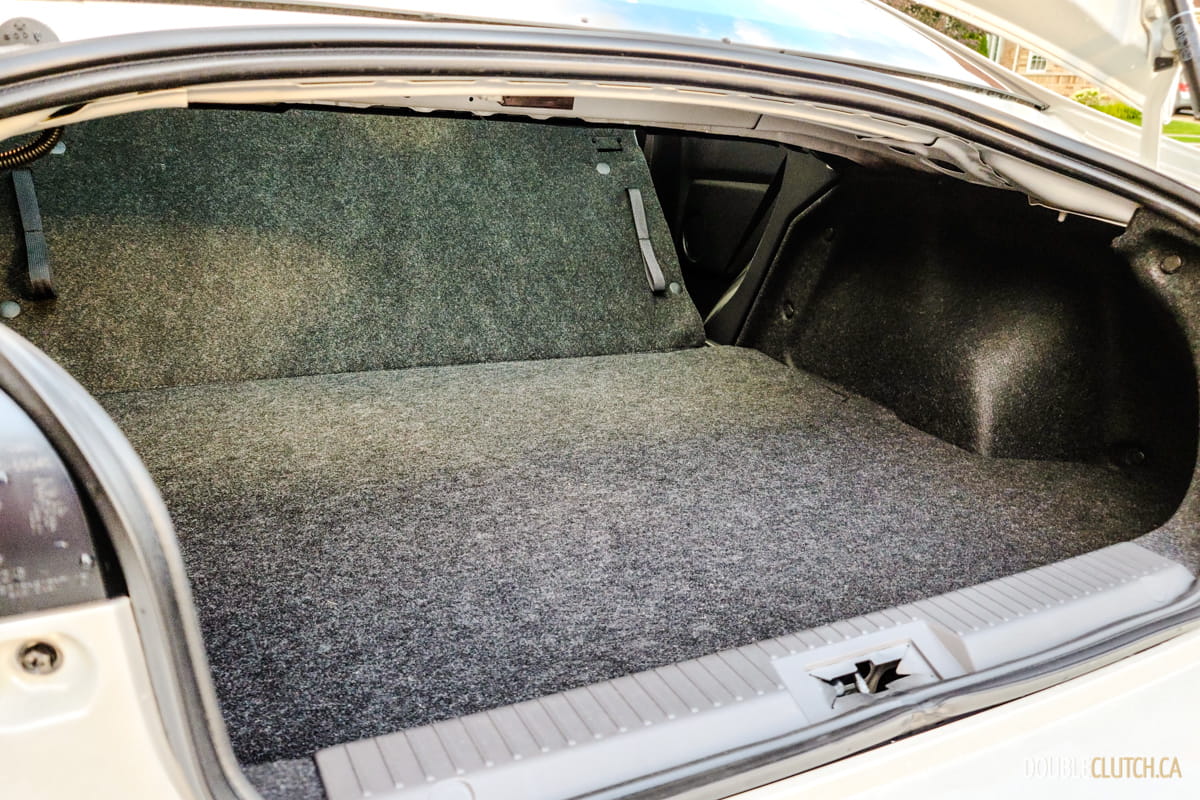When the Subaru BRZ and Scion FR-S (now the Toyota 86) were introduced back in 2012, the excitement in the import car community was at a high as fans eagerly awaited a modern Toyota AE86 that had previously never been sold officially in North America. Built off the same platform, the 86 twins had much to live up to when it came to expectations. This car needed to be well balanced, lightweight, rear-drive, and fun to drive. Eight years later, how does the 2020 Subaru BRZ Sport-tech RS stand in a vastly different market?
The BRZ looks almost exactly the same as it did eight years ago and luckily, the design has aged well. Subaru made some small changes to the exterior that the general public wouldn’t notice unless the original and current models were put side by side. The car is still low slung and wide. LED headlights, fog lights and tail lights add to the aesthetic of the overall design. The look remains clean and handsome after all these years to a point where I will still admire them out in the wild.
Slip inside and you know this is a driver’s car. The cockpit is snug, controls are ergonomically within reach and has everything the driver needs without being overly complicated. All major touchpoints use soft materials while hard plastic is used elsewhere. The seats are well bolstered and upholstered in leather and Alcantara which add to the sporting looks. Red stitching, the ‘BRZ” name embroidered on both front seats and aluminum sport pedals add some color and flair. Like most sports coupes, access to rear accommodations is tight and the seating is best left for children or cargo. The trunk is small as well, accepting cargo of up to 196-litres.
To stay connected, Android Auto, Apple CarPlay and Subaru’s native infotainment systems are standard. All are accessible through a seven-inch infotainment screen which seems rather small by today’s standards. Unlike its Toyota counterpart, navigation is standard in the BRZ. The user interface responds quickly, however screen resolution is rather low and out of date.
Being connected with this technology is one thing, however the majority of buyers are more interested in how the BRZ stays connected to the road. This is where the BRZ has succeeded, with quick and precise steering. The car always feels planted and flat due to the near 50/50 balance. Sachs dampers, rear double wishbone suspension and a Torsen limited-slip differential complete the package. A smile or smirk became a regular occurrence during my time behind the wheel due to its balance and fun to drive personality. Basically, this is the anti-thesis of crossovers.
A good old fashioned six-speed manual transmission is standard. Obviously an automatic is also offered, but unless you really can’t deal with a stick, there’s no reason to bother. The six-speed manual on our test car shift smoothly, but the shifter throws are on the longer side and clutch engagement isn’t quite as good as the Mazda MX-5 (reviewed here). Even still, it’s a great transmission and well suited to the car’s personality.
The biggest gripe since the BRZ’s release has been the lack of power coming from the naturally aspirated 2.0-litre horizontally opposed four-cylinder engine. With 205 horsepower at 7,000RPM and 156 lb-ft. of torque at 6,400RPM, this engine really does need to be wound out to make it move with authority. A 0-100km/h sprint takes a rather long. When up to speed the BRZ, can handle highway driving without straining too much during passes. Note that Subaru has stuck to their guns the last several years by refusing to stick a turbo inside the engine bay to keep up with the competition. Luckily the aftermarket for the BRZ is massive for those looking to add more power.
Fuel economy was surprisingly better than Subaru Canada’s posted rating of 11.6L/100km city and 8.6L/100km highway. During our test that was mostly city-biased, we observed 8.9L/100km. It’s worth mentioning that the BRZ and its twin, the 86 (reviewed here) does require premium octane to fill the 50-liter fuel tank. Pricing starts at $27,995, while our top-trim Sport-tech RS here on test rings in at $31,895. With the Sport-tech RS, added extras include Brembo brakes, 17-inch gunmetal alloy wheels and heated Alcantara and leather seats.
Being on the market for eight years with minimal changes is a long time for any car, and the BRZ is no exception. Luckily for Subaru, they have really nailed what is important to maintain a substantial fan base. This car is competitively priced, provides superb handling and looks great. The Subaru BRZ has been outselling its counterpart, the Toyota 86 so far this year. The BRZ now faces competition from front-drive hatches like the Honda Civic Type R (reviewed here) and Hyundai Veloster N that are just as engaging to drive but have some extra oomph that a turbocharger brings to the table.
The 2020 Subaru BRZ Sport-tech RS is as engaging as it was when it first came out, however the market has shifted ever so slightly. We hope that the whispers of an all-new model next year are true, as the current car is a blast to drive. With more and more beige crossovers entering the market, it really would be a shame if we lost another focused sports car that caters specifically to the wants of the enthusiast.






